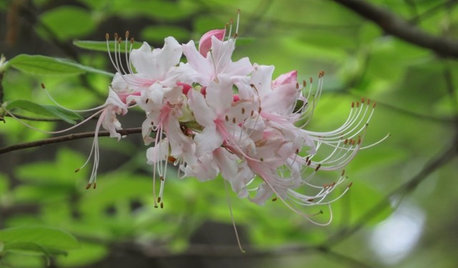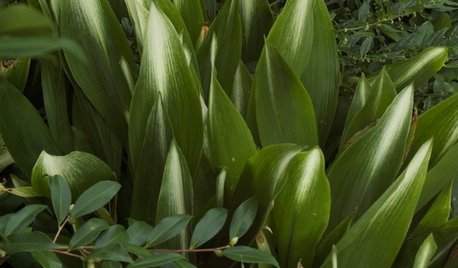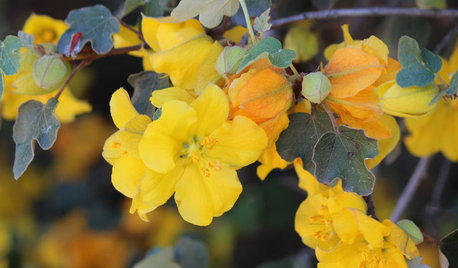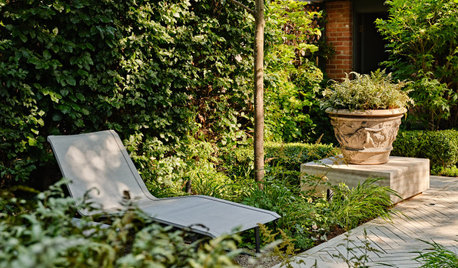rooting rhododendrons
perennialfan273
15 years ago
Related Stories

GARDENING GUIDESGreat Design Plant: Rhododendron Canescens
Have a damp, shady spot in your garden that needs a lift? This Southern U.S. native may be the solution
Full Story
GARDENING GUIDESHave Acidic Soil in Your Yard? Learn to Love Gardening Anyway
Look to acid-loving plants, like conifers and rhododendrons, to help your low-pH garden thrive
Full Story
LANDSCAPE DESIGN7 Evergreen Wonders of the Plant World
Year-round interest, structure and beautiful color? These top-notch evergreens have gardens covered
Full Story
CALIFORNIA GARDENINGCalifornia Gardener's May Checklist
Only one major chore but a plethora of planting possibilities means a delightful month in California gardens
Full Story
GARDENING GUIDES10 Top Native Plants for the U.S. Southeast
For a low-maintenance and wildlife-friendly landscape, use Southern natives that withstand heat and humidity
Full Story
GARDENING GUIDESThe Art of Green Mulch
You can design a natural garden that doesn’t rely on covering your soil with wood and bark mulch
Full Story
GARDENING GUIDESNew Ways to Think About All That Mulch in the Garden
Before you go making a mountain out of a mulch hill, learn the facts about what your plants and soil really want
Full Story
LANDSCAPE DESIGNHow to Create a Beautiful Shade Garden
Turn the cool, shady spot in your garden into your own quiet oasis
Full Story
FALL GARDENINGWhy Fall Is the Best Time for Planting
Spring is overrated for planting. Starting plants in autumn has advantages for both garden and gardener
Full Story
GARDENING GUIDESGardening Solutions for Heavy Clay Soils
What’s a gardener to do with soil that’s easily compacted and has poor drainage? Find out here
Full StorySponsored
Your Custom Bath Designers & Remodelers in Columbus I 10X Best Houzz






rhodyman
tamararly
Related Professionals
Montgomeryville Landscape Architects & Landscape Designers · Severn Landscape Architects & Landscape Designers · San Juan Landscape Architects & Landscape Designers · Aurora Landscape Contractors · Alamo Landscape Contractors · Dunwoody Landscape Contractors · Hollywood Landscape Contractors · Lyndhurst Landscape Contractors · Mesa Landscape Contractors · Ramsey Landscape Contractors · St. Louis Landscape Contractors · Tuscaloosa Landscape Contractors · Whitehall Landscape Contractors · Northlake Landscape Contractors · Bensenville Landscape Contractorsrhodyman
tamararly
rhodyman